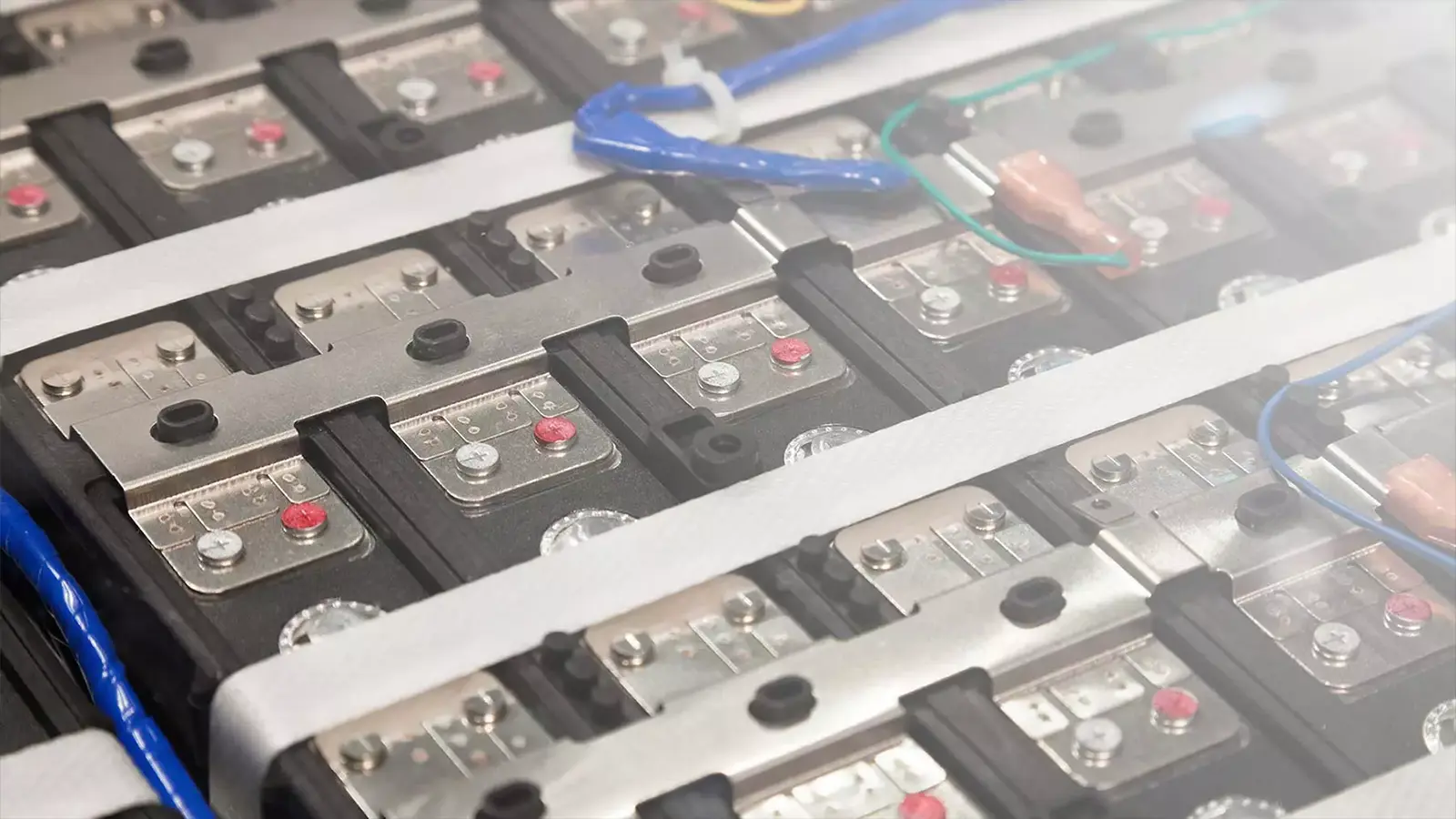Giving EV Batteries a Second Life
Electric vehicle (EV) batteries are built to last, but like all batteries, they eventually lose capacity and need to be replaced. That doesn’t mean they go straight to the landfill. In fact, there is a growing ecosystem dedicated to giving EV batteries a second life or responsibly recycling them. This article explores what happens to EV batteries after their service in a car is over and how their materials continue to deliver value.
When Does an EV Battery Reach "End of Life"?
EV batteries typically last between 10 and 15 years depending on driving habits, climate, and how they are charged. Most manufacturers consider a battery at the end of its automotive life when it holds less than 70 percent of its original capacity.
But "end of life" for driving is not the end of the battery's usefulness.
- Recycling is appropriate for batteries that are too degraded or damaged for reuse.
- Repurposing gives aging batteries a second life in new applications like home energy storage or backup power.

Path 1: Second Life Applications
Even after batteries are no longer ideal for powering cars, they can still store energy effectively in less demanding roles. This is called second life reuse.
Common Second Life Uses
- Home energy storage systems paired with solar panels
- Grid energy balancing during peak usage hours
- Commercial and industrial backup power
- Mobile EV charging trailers
Repurposing EV batteries extends their life by another 5 to 10 years and reduces the need for new raw materials. Automakers and startups alike are investing in second life programs to scale this sustainable solution.
Real-World Examples
- Nissan LEAF batteries power streetlights and homes in Japan.
- BMW and Audi use second-life batteries for grid stabilization projects.
- GM and Ford are testing stationary energy storage systems for businesses and charging networks.
Path 2: Responsible Recycling
When batteries can no longer hold sufficient charge or are too damaged for second life use, they are recycled. This process recovers valuable materials like lithium, cobalt, nickel, copper, and aluminum.
Modern Recycling Techniques
- Mechanical shredding separates plastics and metals.
- Pyrometallurgy uses heat to extract usable metals.
- Hydrometallurgy uses water-based chemistry to dissolve and recover materials with less energy and fewer emissions.
Why It Matters
- Reduces environmental impact and mining demand
- Helps build a domestic supply chain for battery materials
- Prevents hazardous waste from entering landfills
Several companies, including Redwood Materials, Li-Cycle, and Ascend Elements, are scaling EV battery recycling across North America.

The Role of Automakers and Regulations
Most automakers have end-of-life programs in place to ensure batteries are not wasted.
- Battery take-back policies are already active for many brands.
- Federal and state incentives are being developed to encourage recycling and reuse.
- Right to repair and reuse laws could give owners more options for battery refurbishment in the future.
California and the European Union are leading the way in battery recycling standards, and U.S. federal policy is beginning to follow.
What EV Owners Should Know
If your EV battery ever needs to be replaced, here's what to expect:
- The automaker or dealership typically handles proper disposal.
- Battery replacement cost may be offset by warranty or trade-in programs.
- In many regions, battery disposal at certified centers is legally required.
You should never attempt to dispose of an EV battery on your own. Improper handling can be dangerous and environmentally harmful.
Final Thoughts
The story of an EV battery doesn’t end when its range begins to fade. With second life repurposing and advanced recycling technologies, today’s batteries can live multiple lives and continue to provide value long after their time on the road is over.
To dive deeper, explore our guide on How EV Batteries Are Recycled or check out The Future of EV Batteries to learn about the next generation of sustainable energy storage.
Learn More About the World of EV Batteries
Exploring EV battery fundamentals:
← Go Back: Battery Warranties and Manufacturer Protections
Discover Next: How EV Batteries Are Recycled →












